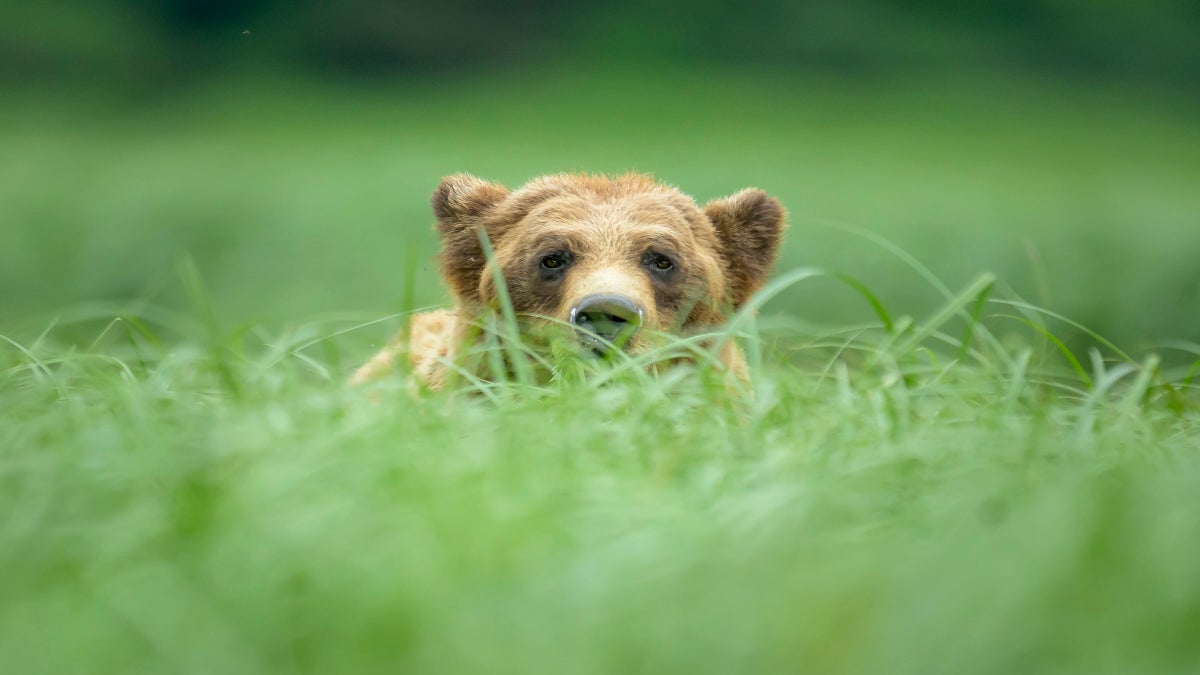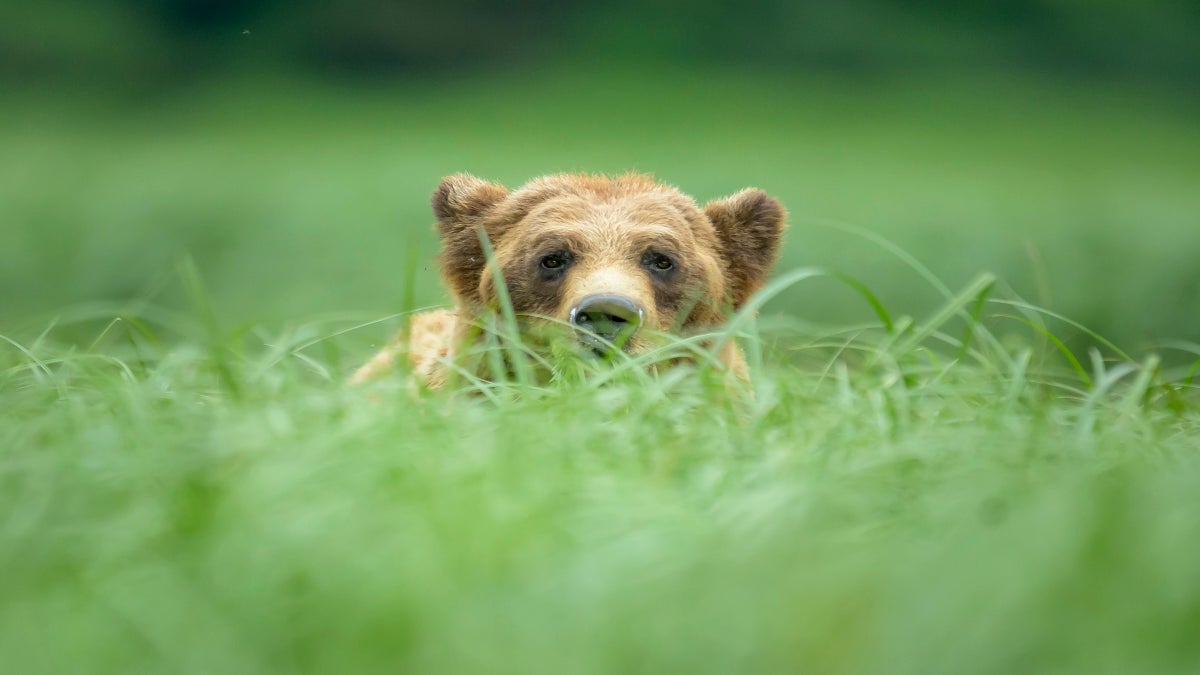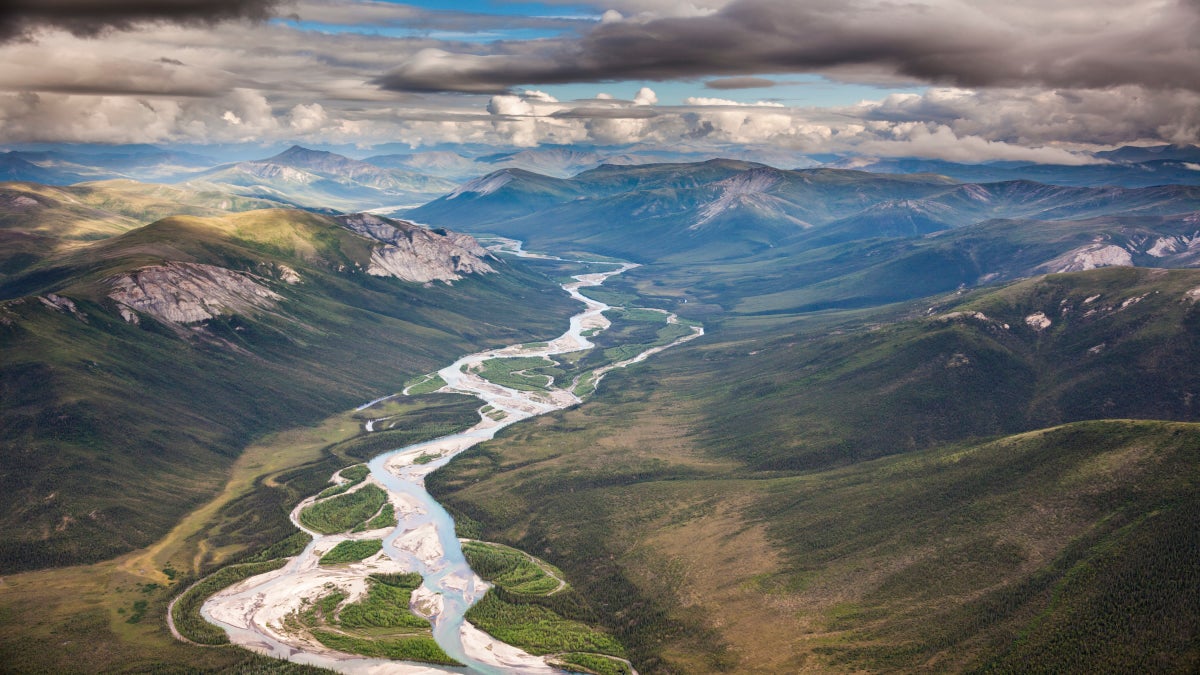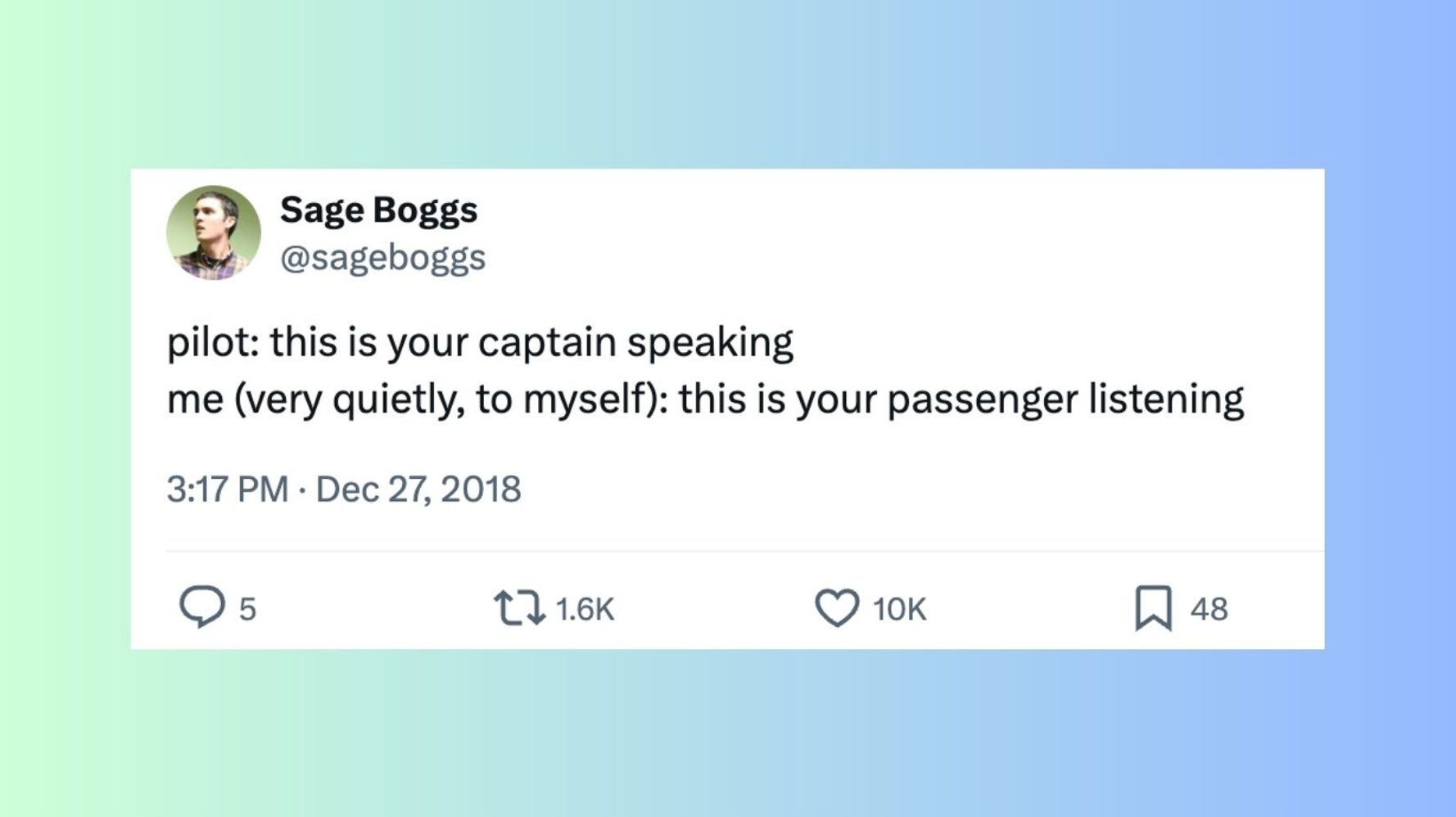
At least 63 grizzly bears have died in the greater Yellowstone Ecosystem this year, according to preliminary numbers published by researchers in the area. That’s up from 56 at this same time last year, and on track to surpass the previous annual record of more than 70.
More than half of the deaths in 2025 were human-caused.
In 2024, 74 known or probable grizzly bear deaths were recorded, up from 68 in 2021 and 69 in 2018, according to data published by the U.S. Geological Survey. By October 1 of last year, there were 57 reported grizzly bear deaths, putting this year’s provisional number already ahead of last year’s fall count.
Chris Servheen, the former national grizzly bear recovery coordinator for the U.S. Fish and Wildlife Service, told Outside that it’s unclear why there were more deaths in 2025 than in years past.
“There may be a few more bears, but mortality numbers can vary from year to year,” Servheen said. “The long-term numbers are what are important, so year-to-year increases indicate ongoing levels of mortality rather than an unusually bad year. Most grizzly deaths are due to humans every year.”
Since 2015, the Interagency Grizzly Bear Study Team (IGBST) has been responsible for tracking grizzly bear mortalities in the Yellowstone Recovery Zone. This region encompasses areas of Wyoming, Montana, and a small portion of Idaho—including all of Yellowstone National Park, portions of Grand Teton National Park, and several national forests.
Whether it’s a case of mistaken identity by hunters, vehicular strike, or in response to livestock depredation, about 85 percent of all documented bear mortalities are human-caused, according to the IGBST. Tracking human-caused bear deaths helps researchers identify patterns and trends that may aid in reducing future bear deaths.
Outside combed through the data and found that of the 63 known grizzly deaths in 2025, 45 involved humans. Causes of another 10 deaths were still under investigation.
The figures come ahead of the opening of rifle hunting season in parts of the Rocky Mountains, a time when people in the woods are more likely to come into contact with a bear, and this worries Servheen.
Over the last decade, hunters killed more than a dozen grizzly bears in the Greater Yellowstone area after mistaking them for black bears, reported Mountain Journal. Hunting is illegal in all national parks. Even so, mistakes and accidents happen—and at times, grizzly deaths aren’t even recorded.
“There are always unknown unreported mortalities in addition to the known and probable mortalities,” said Servheen, adding that IGBST data is limited to the minimum number of grizzly deaths.
Mortality data adds to an ongoing national debate over whether grizzlies should be removed from the Endangered Species List. At their peak, there were an estimated 50,000 grizzlies in the Lower 48, but the species was hunted nearly to extinction. Grizzly bears were among the first species listed under the agreement in 1975 at a time when there were fewer than 1,000 bears in the contiguous U.S. Aside from Alaska, today, there are roughly 2,000 individual bears, most of which are concentrated in the Greater Yellowstone ecosystem.
The post 2025 On Track to See Highest Yellowstone Grizzly Deaths Since Recent Records Began appeared first on Outside Online.













